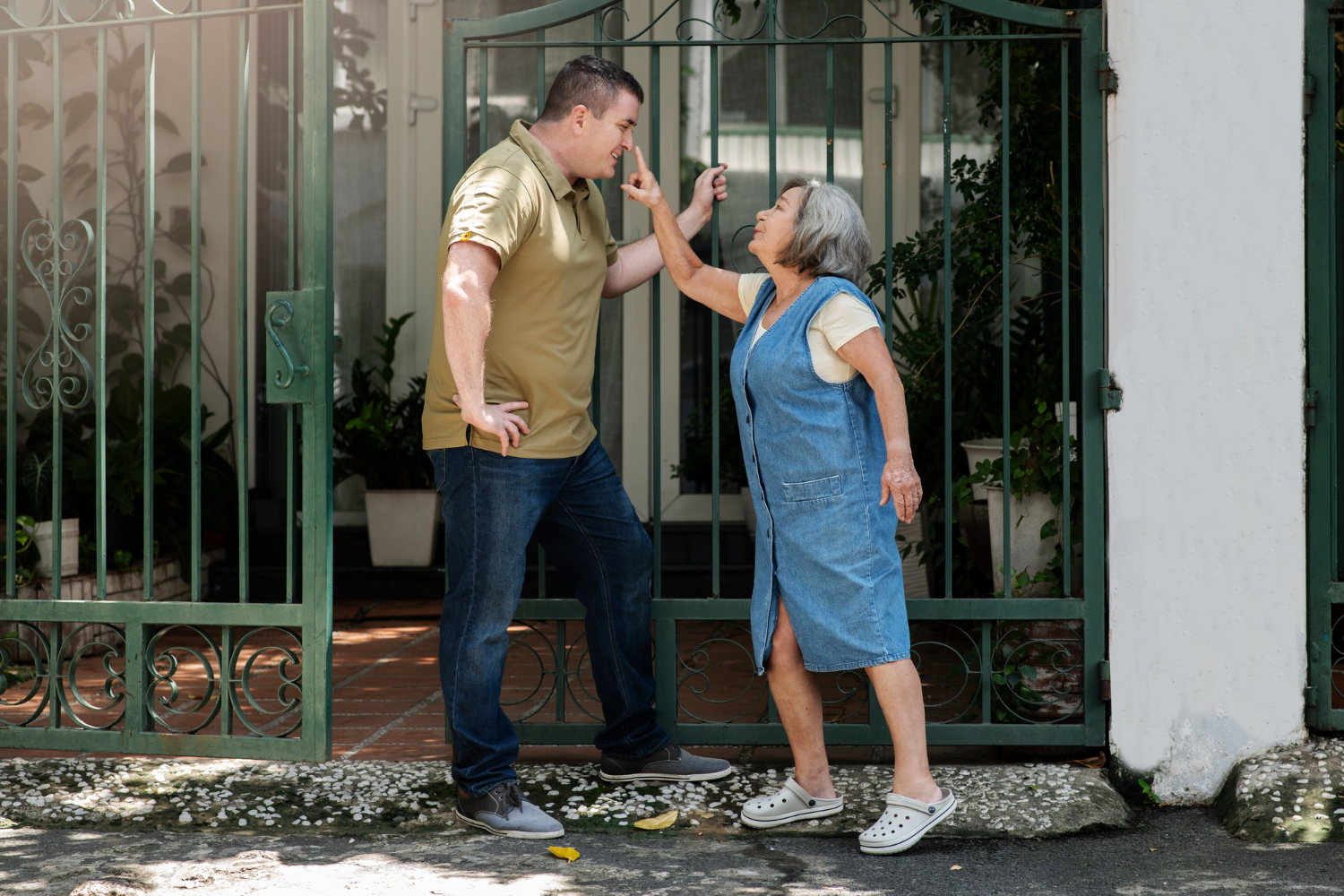
What Homeowners Need to Know
Homeowners’ Associations (HOAs) play a critical role in maintaining the quality, appearance, and harmony of communities. However, the rules and regulations set by an HOA can sometimes seem complex or overwhelming for homeowners, especially for those new to living in HOA-governed communities. These rules, while designed to ensure a pleasant living environment, often raise questions about compliance, enforcement, and how homeowners can engage with their HOA boards to address concerns.
This blog will explore the most common types of HOA rules and regulations, explain why they exist, and offer tips on how homeowners can navigate them successfully. It will also cover the role of the HOA board in enforcing these rules and provide guidance on how homeowners can work with their boards to address questions, disputes, or concerns.
1. Understanding the Purpose of HOA Rules and Regulations
At the heart of every HOA is a set of rules and regulations that are created to protect the interests of the entire community. These rules, often found in governing documents such as the Covenants, Conditions, and Restrictions (CC&Rs), bylaws, and community guidelines, are established with the goal of maintaining property values, ensuring safety, and fostering a cohesive, enjoyable living environment for all residents.
Common reasons for establishing HOA rules include:
- Maintaining Property Values: By setting guidelines for property appearance and upkeep, HOAs help ensure that the neighborhood remains visually appealing, which can positively impact property values.
- Promoting Safety and Security: HOAs may implement rules related to parking, lighting, and community security measures to keep residents safe.
- Fostering a Sense of Community: Rules around noise, pets, and shared amenities help ensure that everyone can enjoy a peaceful, cooperative living environment.
While these rules can sometimes feel restrictive, it’s important to remember that they are designed to benefit the community as a whole. Understanding the purpose behind them can make it easier to comply and appreciate their role in maintaining a high standard of living.
2. Common HOA Rules and Regulations Homeowners Should Know
While every HOA has its own unique set of rules, many of them follow similar patterns. Below are some of the most common types of rules that homeowners are likely to encounter:
a. Property Maintenance and Appearance
HOAs often establish strict guidelines for maintaining the appearance of homes and yards. These rules typically cover:
- Lawn care: Requirements for mowing, trimming, and maintaining lawns.
- Exterior modifications: Restrictions on painting your home a certain color, installing fences, or making other visible changes without prior approval.
- Holiday decorations: Limits on the type, duration, and placement of seasonal decorations.
These rules exist to maintain uniformity and curb appeal throughout the neighborhood. If homeowners fail to comply with these regulations, they may receive violation notices or be fined.
b. Parking Rules
Parking is another common area of regulation in HOA communities. Rules might include:
- Where residents can park: Some HOAs restrict street parking or parking in specific areas, such as fire lanes.
- Vehicle types: There may be restrictions on parking recreational vehicles (RVs), boats, trailers, or commercial vehicles in driveways or visible areas.
- Guest parking: Many communities have designated guest parking areas or time limits on guest vehicle stays.
These rules help manage limited parking spaces and ensure that streets remain safe and accessible.
c. Noise and Nuisance Regulations
To maintain a peaceful environment, most HOAs have rules regarding noise levels and nuisances. These can include:
- Quiet hours: Many HOAs enforce quiet hours during the night to minimize disruptions.
- Pet behavior: Homeowners may be required to keep pets under control, clean up after them, and ensure they do not disturb other residents with excessive barking or noise.
- Home-based businesses: Some HOAs restrict commercial activities or business-related traffic in residential areas.
Noise and nuisance regulations are designed to balance the needs of individuals and the larger community, ensuring that everyone can enjoy a comfortable living space.
d. Amenity Usage and Community Facilities
HOAs typically manage shared amenities such as pools, clubhouses, gyms, and parks. Rules for these amenities might include:
- Guest policies: Limits on the number of guests a resident can bring to a community facility.
- Hours of operation: Specific times when amenities are open for use.
- Behavioral guidelines: Codes of conduct for using shared spaces to ensure safety and respect among residents.
These rules help keep shared facilities in good condition and ensure that all residents have fair access to community resources.
e. Pet Restrictions
Many HOA communities have rules about pet ownership. These might include:
- Breed or size restrictions: Some HOAs limit the types of pets or restrict breeds deemed dangerous.
- Leash laws: Pets are often required to be on a leash when outside.
- Limit on number of pets: HOAs may place a cap on the number of pets allowed per household.
These rules are intended to ensure that pets don’t negatively impact the community’s safety or comfort.
3. Compliance and Enforcement: How HOA Rules Are Upheld
Enforcing HOA rules is one of the board’s primary responsibilities. The board, often with the help of an HOA management company like AMC, ensures that all homeowners comply with the community’s governing documents.
a. Violation Process
When a homeowner violates an HOA rule, the process typically starts with a written notice from the HOA. This notice informs the homeowner of the violation and provides a time frame for addressing the issue. If the violation is not corrected, the HOA may escalate the situation by imposing fines or other penalties, such as revoking access to community amenities.
- Warning letter: Often the first step, giving the homeowner a chance to resolve the issue.
- Fines or penalties: HOAs may impose financial penalties for non-compliance after the initial warning.
- Legal action: In extreme cases, persistent violations may result in legal action, though this is typically a last resort.
b. The Role of HOA Management Companies in Enforcement
HOA management companies, like AMC, play a crucial role in enforcing rules fairly and consistently. They help monitor compliance, handle communications with homeowners, and ensure that any violations are addressed in a timely manner. By acting as a neutral third party, management companies help reduce tensions and foster a cooperative relationship between residents and the HOA board.
4. How Homeowners Can Work with Their HOA to Ensure Compliance
For homeowners, the best way to ensure compliance with HOA rules is to be proactive and engaged with the community. Here are a few ways homeowners can work with their HOA board to address concerns and stay compliant:
a. Read and Understand Governing Documents
One of the most important steps a homeowner can take is to familiarize themselves with the HOA’s governing documents. These include the CC&Rs, bylaws, and community guidelines. By understanding the rules upfront, homeowners can avoid unintentional violations and feel more confident in navigating their community’s regulations.
b. Attend HOA Meetings
HOA meetings are a critical forum for discussing community issues, including rule enforcement, policy changes, and future projects. Attending these meetings allows homeowners to voice concerns, ask questions, and stay informed about decisions that may affect them.
HOA meetings are also an opportunity to discuss potential rule changes or request clarifications if any regulations seem unclear or outdated. Homeowners who actively participate in meetings are more likely to have their concerns addressed and contribute to the overall governance of their community.
c. Request Architectural Review for Modifications
If you’re planning to make any changes to your home’s exterior (such as painting, landscaping, or adding structures like sheds or fences), it’s essential to seek approval from the HOA board. Most HOAs have an Architectural Review Committee (ARC) that evaluates modification requests to ensure they align with community standards. By submitting a request before starting work, homeowners can avoid potential violations and maintain compliance with community aesthetics.
d. Addressing Violations
If a homeowner receives a violation notice, it’s important to act promptly. In most cases, the issue can be resolved with a simple fix, such as mowing the lawn or removing unauthorized decorations. However, if a homeowner believes the violation notice is unjust or unclear, they should communicate with the board or management company to discuss the issue. Many HOAs offer opportunities to appeal violations or work out reasonable solutions.
e. Be a Good Neighbor
Compliance with HOA rules is often easier when neighbors communicate and work together. By being respectful of each other’s needs and concerns, homeowners can help foster a positive community atmosphere. For example, informing neighbors in advance about upcoming projects or events that might cause noise or inconvenience can go a long way in preventing disputes.
5. How AMC Helps Homeowners Navigate HOA Rules
At AMC, we understand that navigating HOA rules and regulations can sometimes be challenging for homeowners. Our role is to help bridge the gap between residents and their HOA boards by offering clear guidance, transparent communication, and practical solutions for ensuring compliance.
- Education: AMC provides educational resources to homeowners, including easy access to governing documents and clear explanations of community rules.
- Communication: We facilitate open lines of communication between the board and residents, ensuring that concerns are addressed promptly and violations are handled fairly.
- Support: Whether it’s helping with an architectural review request or resolving a compliance issue, AMC is committed to supporting homeowners throughout their HOA experience.
Conclusion
HOA rules and regulations are essential for maintaining the quality and harmony of community living. While they can sometimes feel restrictive, they are designed to protect property values, ensure safety, and foster a pleasant living environment for everyone. By understanding these rules and working collaboratively with the HOA board, homeowners can navigate regulations smoothly and enjoy all the benefits of community life.
AMC is dedicated to helping homeowners understand and comply with their HOA’s rules. Through our expert guidance, communication tools, and commitment to fairness, we ensure that both boards and residents can work together to create thriving, well-managed communities.





